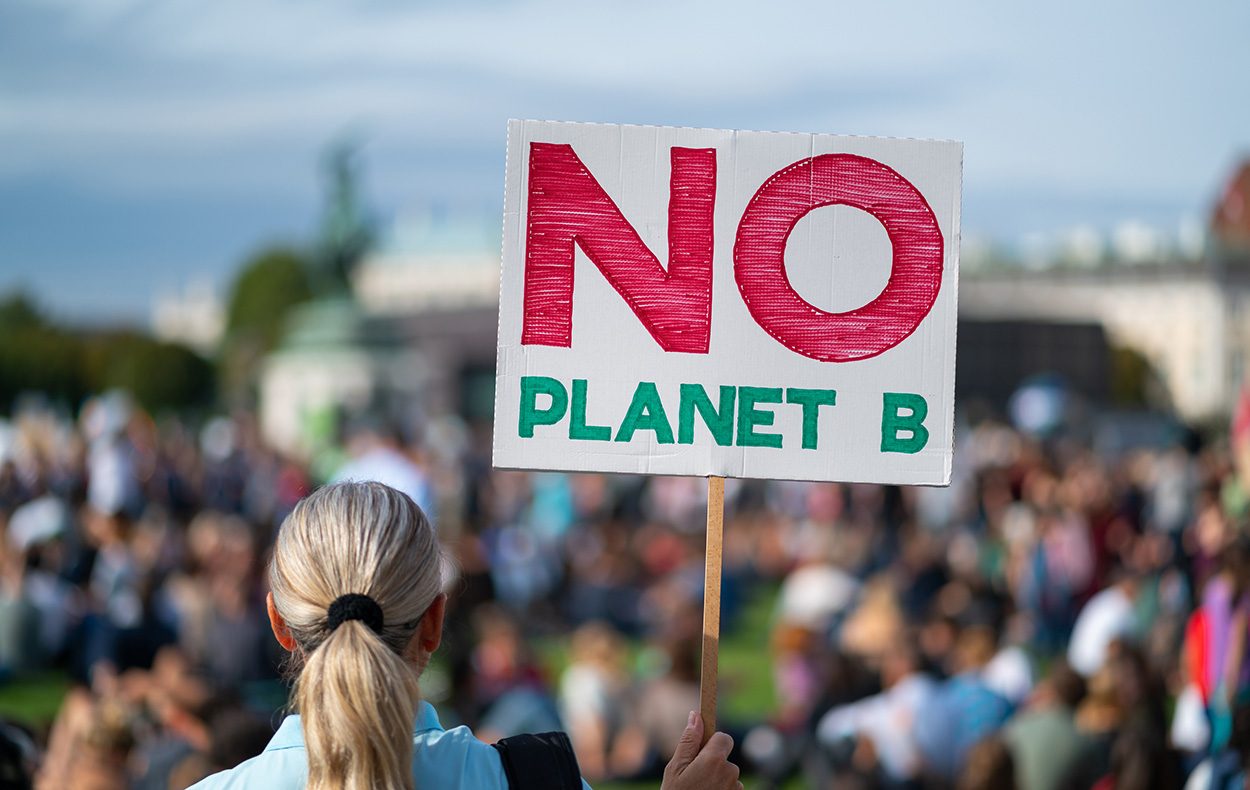For a country, sustainable growth means satisfying the basic needs of the population without over-exploiting the resources of the earth as a whole and the resources of other countries. Scientists have now studied how well 148 countries around the world do this. The result: no country in the world has achieved minimum social requirements in the past three decades without breaking environmental boundaries.
Humanity is constantly consuming more resources than the Earth and its natural systems can reproduce at the same time – and this is evidenced every year by the so-called Earth Overshoot Day. By doing so, we are already transcending planetary boundaries in many areas, beyond which important cycles get out of balance. On the other hand, raw materials are essential for meeting the basic economic and social needs of the population.
148 countries were put to the test
This begs the question of how different countries and societies around the world deal with this balance. Who succeeds in meeting the basic needs of people while still operating sustainably? “Everyone needs enough resources to be healthy and participate in society with dignity, but we also have to make sure that global resource consumption is not so high that we are degrading the climate and the environment,” explains Andrew Fanning of Deere University in Leeds. He and his colleagues examined 148 countries around the world how well they combine basic social needs with a sustainable economy.
For the study, the research team analyzed national data on resource-related factors such as carbon dioxide emissions, material consumption or land use intensity and eleven basic social needs such as nutrition, life expectancy, income or democratic quality. In addition, there was the ecological and physical footprint of the states. On the basis of these factors, scientists then examined whether and to what extent the country in question had crossed important planetary boundaries, for example in the form of biogeochemical flows and land and climate changes.
torn ecological frontiers
The result is realistic: no country in the world has achieved minimum social standards in the past three decades without breaking environmental boundaries. “Although billions of people live in countries that do not meet most of the social requirements in our analysis, humanity collectively exceeds six of seven global biophysical limits for the planet,” Fanning and colleagues say. Most countries have been able to improve their basic social services in general over the past 30 years. However, the proportion of countries exceeding their fair share of resources is increasing in parallel, particularly with regard to carbon dioxide emissions and material consumption.
However, strong differences exist between countries and regions: richer countries consume far more resources than their fair share of the population. This also includes Germany: “Germany is one of four countries that met all basic social needs in 2015. But at the same time, Germany’s high consumption exceeds its fair share of almost all the resources on Earth,” explains Nicholas Rowe of the University of Natural Resources and Science Life in Vienna. “On average, consumption in Germany causes twice as much environmental pollution as the country’s fair share of global resources allows.”
‘Economic systems must be rethought’
In contrast, poor countries consume less resources, but they do not achieve their social goals or achieve them very slowly. “The goal should be to achieve minimum social requirements while using as few resources as possible,” Rowe says. Therefore, the richer countries must drastically reduce their consumption of resources in order to avoid the serious destruction of the planet. As the researcher said, further development as before is not an option. In his view, the results clearly show that economic systems need to be rethought – away from unlimited growth models, towards lower consumption and more global equity.
Source: Humboldt University of Berlin; Art article: Nature Sustainability, doi: 10.1038/s41893-021-00799-z

“Alcohol buff. Troublemaker. Introvert. Student. Social media lover. Web ninja. Bacon fan. Reader.”






More Stories
Ecologists Celebrate New Xesap National Park in Laos | Science
Is the wrong diet making you forget?
We can study it with a new telescope.